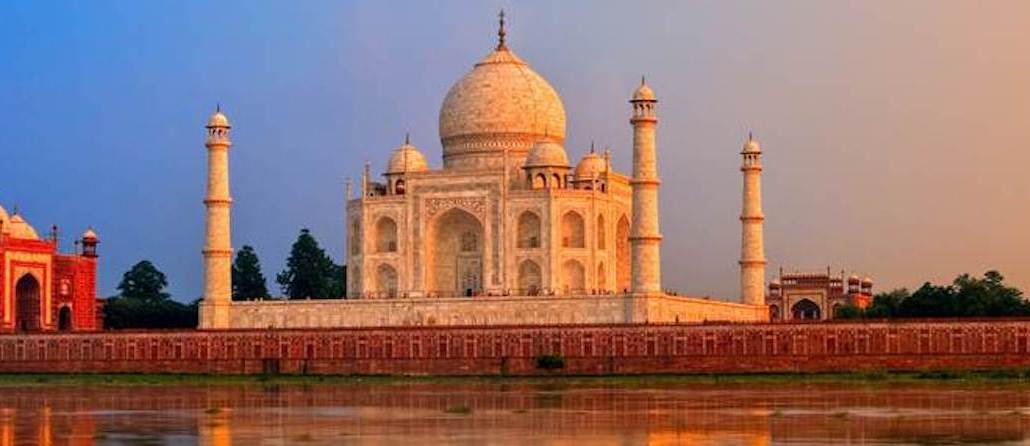
This is Global Creative, a new series by Digiday that highlights the nuances of advertising scenes in different parts of the world, through the eyes of an established creative from there.
India is one of the fastest-growing ad markets with a digital spend predicted to surpass $11 billion by 2020. But advertising to people in a country that has 22 official languages and 497 cities presents unique creative challenges. Advertising in India often fails to reflect the vibrancy and sheer diversity of its people, said Sonal Dabral, chairman and chief creative officer for DDB Mudra Group in Mumbai.
“Inclusivity is the mantra for us. In a country as diverse as ours, we want to make it the norm, where telling stories about a Muslim doctor or an Olympic athlete is no less normal than that of a Hindu teacher or an aspiring cricketer,” Dabral explained. “We have all grown up on tales of inclusivity, so why forget that now?”
Sagar Kapoor, executive director for Lowe Lintas, agreed that in spite of the language and cultural differences, India still speaks in unison. “Everything has nuances, yet it is all one eventually,” said Kapoor. “So in advertising, while messaging and the narrative style might differ, the communication will still be based on insights that apply to every Indian.”
Here, are three major takeaways on Indian creative from ad executives from DDB Mudra Group, Lowe Lintas and Grey India.
Emotions play a big role
Ads that appeal to universal experiences and emotions usually work well.
“Emotions work across the world but especially in India. We have grown up on emotional stories, and that’s what shapes the way we communicate,” said Dabral. “Everything we do is exaggerated and loud.”
Ad position: web_incontent_pos1
For instance, “The Hero” from Google tells a story about son helping his father fulfill his Bollywood dreams.
And digital campaign #NotForSale from dating site Shaadi.com argues a marriage should be built on love and trust, not merely the dowry that a bride can bring to her marriage.
“You can see messaging through pure storytelling in these two ads,” said Lowe Lintas’ Kapoor. “Indians love good stories.”
Ad position: web_incontent_pos2
Gender stereotypes are fading away
India, with a male-dominated culture, has had its issues with gender inequality and downright misogyny. But in recent years, gender roles are seeing a positive shift and advertising has been at the forefront of showing the changing role of women, according to Sandipan Bhattacharyya, chief creative officer for Grey Group India.
“Whether it is women participating in traditionally male sports or questioning why household chores cannot be a shared responsibility, the voice of change is louder and bolder,” he said.
For example, the ad below from JSW Steel features Geeta Phogat, the first Indian woman who won a gold medal in Wrestling at the Commonwealth Games. It depicts how the medalist overcame societal norms, fought resistance from others and wrestled her way to success.
And music video “Da Da Ding” from Nike also celebrates the power of women who are engaged in masculine sports like boxing, basketball and soccer.
Laugh off the Indian stereotypes
Indians have a funny accent when they speak English, the stereotype goes. They are stingy, goes another. Or they are stoics and mystics. Increasingly, Indian creative has embraced the stereotypes, defanging them with humor.
“Every fabled Indian quirk that the West made fun of is now something we are proud of in a twisted, ‘we-are-like-this-only’ sort of way,” said Bhattacharyya. “Perhaps that’s because we’re more comfortable laughing at ourselves now and there’s less pretense.”
Amazon’s commercial “Aur Dikhao” (“show me more”) makes gentle fun of some more common stereotypes: A would-be bride is shown photo after photo of her potential match, a mother badgers her husband with various baby products available on Amazon, and a boy takes out all his purchases from an Amazon delivery box while the whole family is watching TV. All of them reply to the situation with “show me more.”
More in Marketing

In the marketing world, anime is following in the footsteps of gaming
As marketers look to take advantage of anime’s entry into the zeitgeist, they might be wise to observe the parallels between the evolution of anime as a marketing channel and the ways brands have learned to better leverage gaming in recent years.

With the introduction of video ads and e-commerce, Roblox looks to attain platform status
Roblox is expanding into more areas than just ads in 2024. Much like platforms such as Amazon and Facebook have transcended their origins to evolve from their origins as online marketplaces and social media channels, Roblox is in the midst of a transformation into a platform for all elements of users’ virtual lives.

PepsiCo wants to remain a ‘driver of culture’ as it turns to influencers and activations amid rebrand
The soda-maker says it can translate cultural relevance into sales volume.
Ad position: web_bfu



